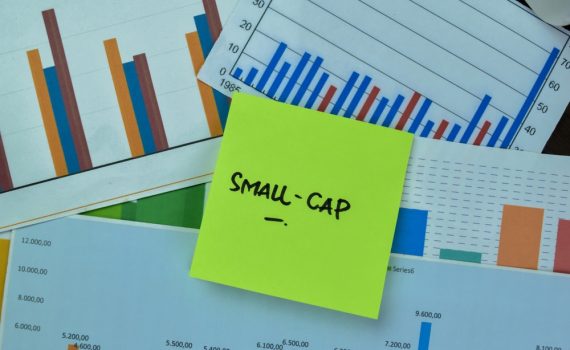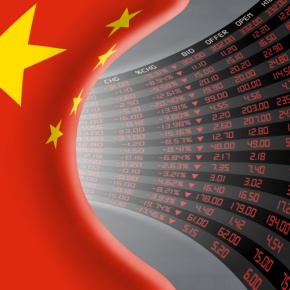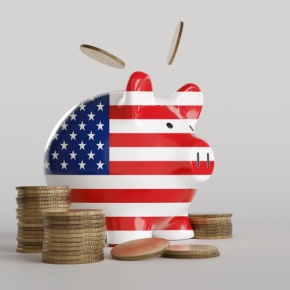Small caps underperform as yields rise due to higher financing costs and limited ability to refinance debt compared to large caps.
State Street Investment Management
Investors should prepare their portfolios as the next decade may be one of vigorous markets and healthy active management.
The risks of high tariffs and a potential trade war may have a greater impact on currency markets going forward.
Since valuations have never been a good predictor of short-term price changes, they tell investors very little about what might happen next year.
The effects of recent shocks in global macro policy and politics seem to have simmered down only to reverse.
In the interconnected world in which we live, information shocks can ripple through the global economy and impact companies and economies far from an epicenter.
Recent inflation data has been on the stronger side of expectations but this does not mean the Fed should pause easing.
Two of the largest emerging markets take different paths, echoing their economic and demographic divergence.
For the second quarter in a row, global forecasts are almost unchanged, which might seem at odds with market volatility.
When the focus is on more stable or recovery periods, interest rate differentials become a key determinant in how the currency moves.
Fixed income investing styles - how does one know whether an active, indexed, or systematic approach makes more sense for certain sectors, and for the asset class as a whole.











